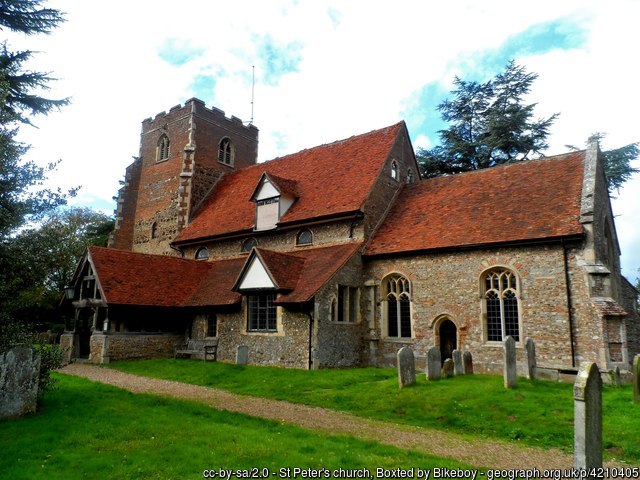
Over 1,000 baptisms and marriages for Boxted St Peter’s, Essex, now added to the site, from 1669-1759.

Over 1,000 baptisms and marriages for Boxted St Peter’s, Essex, now added to the site, from 1669-1759.
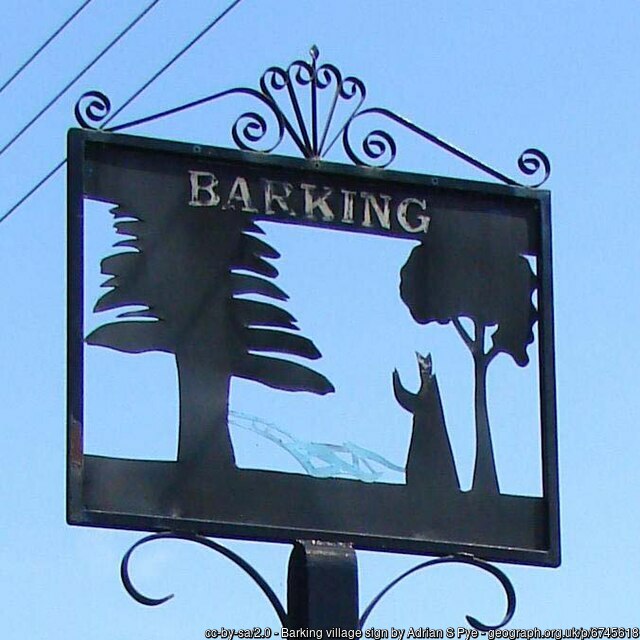
Nearly 1,000 marriages from 1562-1667 for Barking, Suffolk, which includes Needham Market and Darmsden are now available on this site. No transcriptions for these marriages are available anywhere else, so you may well break down a brick wall with these records!
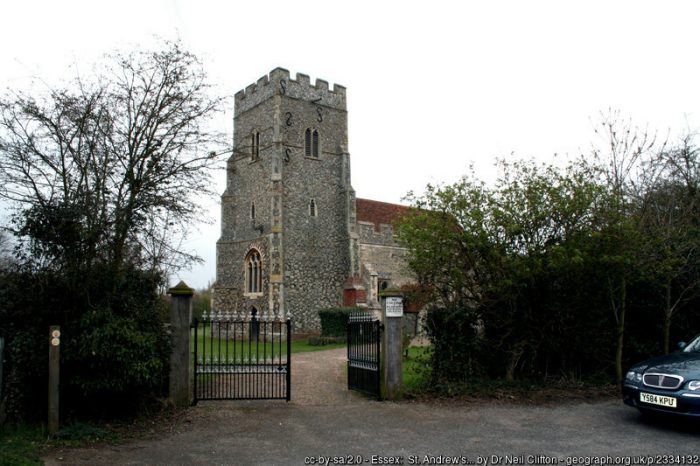
The village of Althorne, near the River Crouch, has lost some of its registers. You won’t be surprised, I’m sure, bearing in mind how many missing registers are mentioned among my transcriptions!
Lost Cousins newsletter is offering £250 to anyone who can help to find Althorne’s missing registers. Get looking down the back of your sofa and in the loft now!
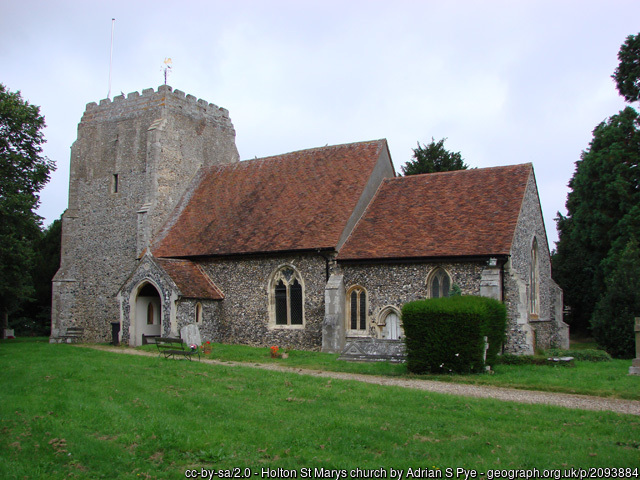
Baptisms, marriages and burials for Holton St Mary, Suffolk – on the edge of the Dedham Vale – now on this site from 1568-1814.
Hello all! Happy New Year.
I’ve been very busy lately, but I’ve updated the Poor Law page (adding some new records, as well as ditching the PDFs and making it easier to use!), and I’ve also added nearly 1,000 baptisms for Harwich, from 1601-1625. They include the family of Christopher Jones, captain of the Mayflower. You can search on FreeREG for far more records than are on here as it takes time to convert the transcriptions to spreadsheets.
I’m currently transcribing Barking, Suffolk, from the mid-1500s to the mid-1700s. It includes Needham Market, so it’s a very busy parish. The transcriptions can be searched on FreeREG but as ever, information about gaps etc can be found on my parish page.
And… if you’re stuck on your research, or you need an old document transcribed, I can help! Just get in touch, and I’ll give you a quote based on the amount and complexity of the work.
Nearly 1,000 baptisms for Harwich from 1559-1600 now added to Essex & Suffolk Surnames!
Nearly 1,000 marriages for Harwich added, covering 1560-1665. These transcriptions include people from Essex, Suffolk, Harwich, and even Newcastle!
I’ve just added over 200 marriages from the earlier Frating register, bringing transcriptions of Frating marriages from 1560-1837. And that’s all for now from Frating. Stay tuned for more transcriptions from Harwich and further afield!
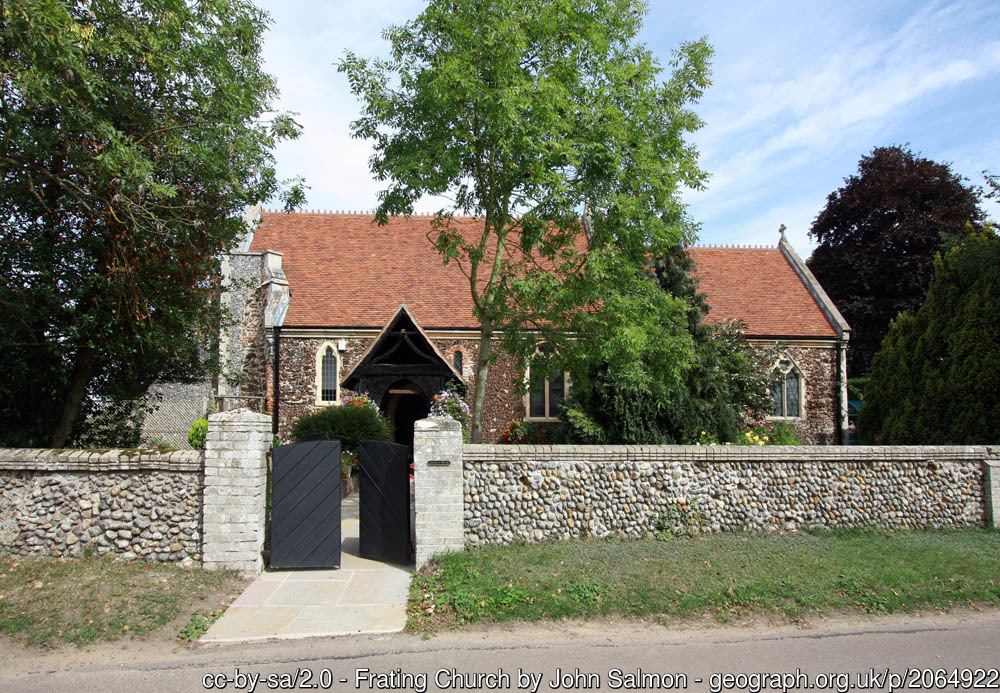
Nearly 500 baptisms for Frating, Essex, from 1560 to 1694, now transcribed!
I’m currently transcribing the earliest register for Harwich in Essex, which starts in 1559. It began well, but someone with bad handwriting took over a few years in, then I had to deal with bad handwriting and faded pages. But once that was out of the way, I had nice clear ink and clear handwriting. Wonderful! It was all going well, and then…
…the vicar decided to write everything in Latin.
I got a C for GCSE Latin, which isn’t a grade I’m proud of, but at least that, plus French and Spanish lessons means that I’m not as foxed as I might otherwise be. It’s fairly obvious that “baptizata fuit” or “baptizata est” means “was baptised”. Other terms might crop up, such as conjuncti fuerant, “were joined in marriage” (hence “conjugal”), “nupti erant,” were married (hence “nuptials”), “uxorem duxit” – “he took to wife” (“the farmer takes a wife”). And once the baptisms and marriages are done and dusted, we end up “sepultus” or “sepulta” – buried.
What can be quite difficult is the fact that the names are all Latinised! So here’s my run-down of Latinised names and what to look out for:
Continue reading →